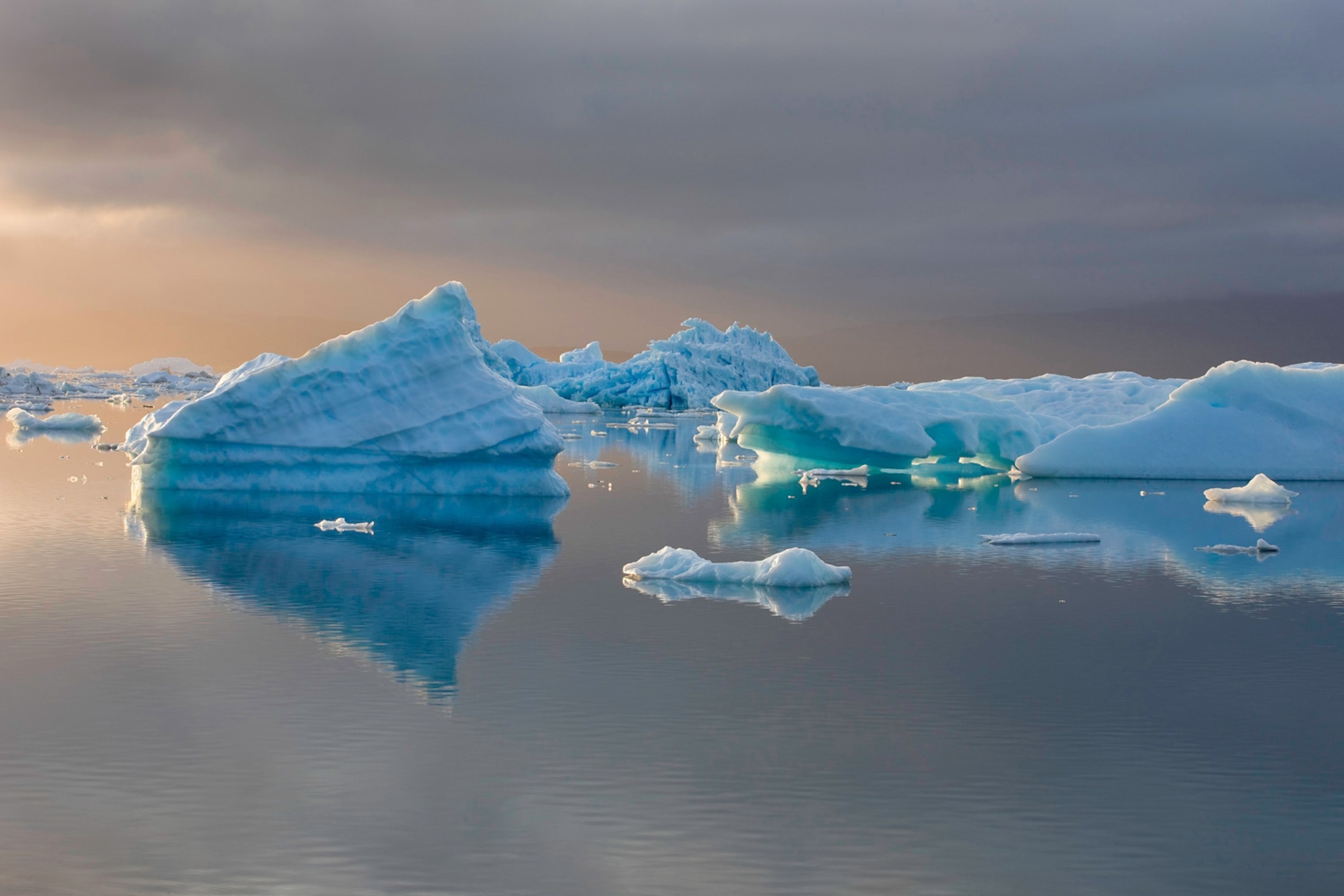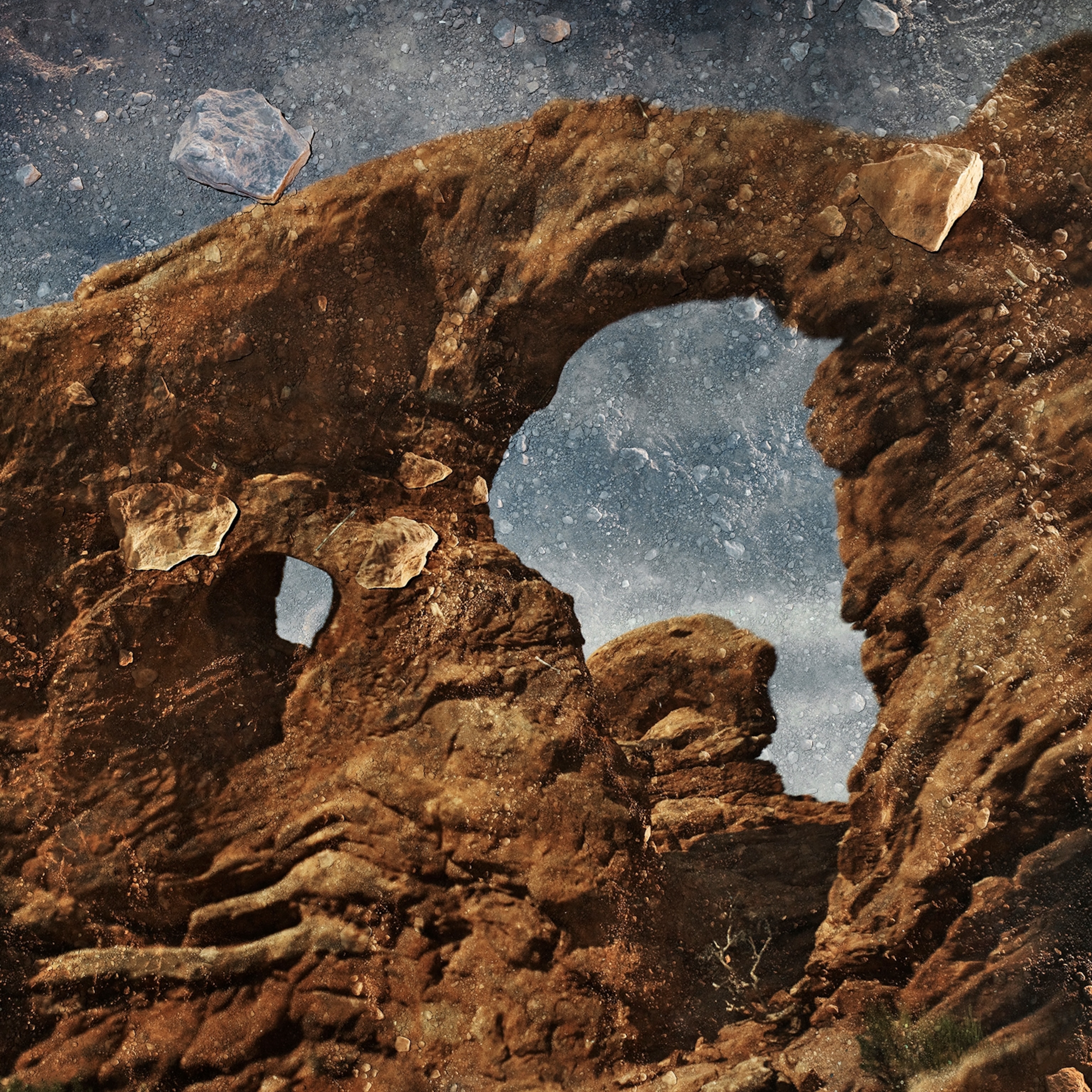
Peter Essick’s Journey into Environmental Photojournalism
As both a picture and environment editor at National Geographic I live a hybrid life. On one hand I try to imagine how we can visualize—in fresh and compelling ways—the goings-on in our world for the stories we publish. On the other hand I’m deeply involved in conceiving and helping create many of our projects about global environmental change. I thrive where these two spheres intersect.
This intersection might best be described as “environmental photojournalism”—a combination of documentary photojournalism and environmental journalism. It’s a two-fold discipline inspired and informed by scientists who study patterns of change on our planet, largely brought about by humanity’s expanding presence. It also encompasses the finest traditions of world-class documentary photography—trying to eloquently make visual sense of our world so readers can better understand how to find their own place in it.

Among the most memorable environmental photojournalism projects I’ve been involved with have been collaborations with photographer Peter Essick. We first teamed up nearly 20 years ago on a project about non-point source water pollution—the kind that flows into rivers, bays, and the sea from fertilized lawns, farms, paved highways, and parking lots. This diffuse runoff pollution contributes to “hypoxic” or dead zones like those we find in the Chesapeake Bay, and the Gulf of Mexico near the Mississippi River delta.
Since that first story, Peter and I have traveled the road of environmental photojournalism together, teaming on 14 stories with subjects as diverse as nuclear waste, paleoclimatology, America’s wilderness, and the chemical pollution cocktail we each carry inside us. We collaborated on a 74-page climate change project in September 2004, and in 2010 we explored Greenland as it “greens up” in the face of rising global temperatures.

In 2009 Peter created a powerful photo essay on the impact of tar (or oil) sands mining in Alberta, and he recently photographed a beautiful black and white essay on the Ansel Adams Wilderness of California. He is incredibly versatile.
Peter has just released a new book called “Our Beautiful, Fragile World”—a retrospective of his 25 years as a photographer who’s been deeply engrossed in documenting the resilience of the natural world at the nexus of increasing encroachment and impact from expanding human activity.

I recently interviewed Peter about his origins and trajectory as an environmental photographer:
DENNIS DIMICK: You were a business major in college, then went to graduate school at Missouri for photojournalism. How did you get interested in photography?
PETER ESSICK: My father was a science teacher and a lover of the outdoors. We went on a lot of trips, hiking, skiing, river rafting when I was growing up and he always took pictures with his trusty Nikon F to show his classes. So my father taught me how to use a camera, but it wasn’t until I took a photography class in high school that I really fell in love with the medium.

DENNIS: Who are your inspirations? Photographically? Environmentally?
PETER: Ansel Adams was my biggest inspiration starting out. I learned much of what I still know from his Basic Photo series. I also liked Eliot Porter for his color work. I admire many contemporary photographers who are pushing boundaries in the digital era. However, I still find myself drawn to photographs that are timeless, and the understated work of photographers like Robert Adams or Atget.
My father used to quote John Muir a lot. I inherited a complete set of Muir’s writings from him, and I have read many of the classic thinkers on wilderness, from Aldo Leopold to Edward Abbey. Finding Beauty in a Broken World by Terry Tempest Williams is sort of my guiding light for what a good environmental photograph should be.

DENNIS: People are always interested in finding out how photographers are able to get assignments from National Geographic. How did you make your connection?
PETER: When I was at the University of Missouri I was selected as a summer intern based on a portfolio I had submitted. It was how I got my foot in the door and I am still very thankful that National Geographic gave me that opportunity. It was truly life changing in every way.
DENNIS: Was there an event or situation that caused you to focus on environmental issues?
PETER: The assignment I did for a National Geographic special issue on water in 1993 was my first exposure to photographing an important environmental issue. I found I liked the intellectual challenge and the work seemed worthwhile beyond just the artistic value.

DENNIS: What have been your favorite or most rewarding projects?
PETER: My favorite place of any that I have visited is Patagonia in the southern part of Argentina and Chile. The high desert, blue lakes, dramatic peaks of the Andes and the amazing clouds and weather are all a dream for a landscape photographer. The gauchos are also great subjects. Close runner-ups would be the Ansel Adams Wilderness, California, and Yoho National Park, British Columbia.
Overall, the most rewarding story I have done is about climate change in 2004. That is one I can look back on and feel good that I was able to do that story. It was a once-in-a-lifetime opportunity. As Yogi Berra would say, those don’t come along too often.

“My best motivation to do environmental stories is when I see children like the boy looking out the window in Butte and wonder about the world we are leaving for them.”—Peter Essick
DENNIS: How about most challenging? The first project you and I did together was on non-point source water pollution, and just this year you took a new look at the impacts of fertilizer—an important aspect in the original story. We also did a project on “toxic people”—or the chemical pollution inside us, and then there was nuclear waste. None of those projects were easy, right?
PETER: In general, environmental stories are more difficult than landscape stories because of problems getting access to sites and finding people who will agree to be photographed. On the positive side, I found it exciting to work on a story like non-point source water pollution because it had never been done before and there were no other past stories to live up to. Stories on pollution or waste I find fascinating for the dystopian elements, and they usually have visual potential, too.

DENNIS: What did you learn about yourself and your work while editing this book and reviewing the photographs?
PETER: I feel I have a unique story to tell with this book. When I have been able to break through all the noise to try to be heard, I have been getting a good response. The combination of a photojournalist and environmentalist seems like a logical one, but it really isn’t all that common. I learned how to write about my photographs doing this book.
I often walk up Stone Mountain near my home in Georgia for exercise, and I found I got a lot of ideas while walking up and down the trail.

“Many of my successful photographs are the result of discovering a scene and then going back several times to get the best picture possible. This photograph is the result of having an idea and then executing it despite the obstacles.”—Peter Essick
DENNIS: What do you tell young photographers who come to you interested in pursuing the kind of work you have done?
PETER: Many people contact me saying they are interested in becoming a National Geographic photographer and I have taught many workshops on nature photography. However, very few young photographers seem as interested in doing environmental stories. I feel going forward we will need more photographers doing this work, and that is one of the reasons that I produced this book.
DENNIS: What kinds of projects would you like to do that you have not had a chance to pursue? Or put another way, what’s next for Peter?
PETER: This book and one coming out in the spring on the Ansel Adams Wilderness have opened up a lot of opportunities for me. I am doing lots of lectures, workshops, some exhibits. And I’m planning to keep making new nature and environmental photographs. I recently bought an Ebony view camera and have been using it to make 4×5 collodion wet plates. The images seem to have a lot of potential to evoke a passage of time that is unique to the process. In many ways, it feels like now I am reaching back to look forward.
Peter Essick’s new book, “Our Beautiful, Fragile World” is published by Rocky Nook Books. See more work on his website and follow him on Twitter and Instagram.
Dennis Dimick can be found on Flickr, Twitter, and Instagram.
You May Also Like
Go Further
Animals
- This ‘saber-toothed’ salmon wasn’t quite what we thoughtThis ‘saber-toothed’ salmon wasn’t quite what we thought
- Why this rhino-zebra friendship makes perfect senseWhy this rhino-zebra friendship makes perfect sense
- When did bioluminescence evolve? It’s older than we thought.When did bioluminescence evolve? It’s older than we thought.
- Soy, skim … spider. Are any of these technically milk?Soy, skim … spider. Are any of these technically milk?
- This pristine piece of the Amazon shows nature’s resilienceThis pristine piece of the Amazon shows nature’s resilience
Environment
- This pristine piece of the Amazon shows nature’s resilienceThis pristine piece of the Amazon shows nature’s resilience
- Listen to 30 years of climate change transformed into haunting musicListen to 30 years of climate change transformed into haunting music
- This ancient society tried to stop El Niño—with child sacrificeThis ancient society tried to stop El Niño—with child sacrifice
- U.S. plans to clean its drinking water. What does that mean?U.S. plans to clean its drinking water. What does that mean?
History & Culture
- Séances at the White House? Why these first ladies turned to the occultSéances at the White House? Why these first ladies turned to the occult
- Gambling is everywhere now. When is that a problem?Gambling is everywhere now. When is that a problem?
- Beauty is pain—at least it was in 17th-century SpainBeauty is pain—at least it was in 17th-century Spain
- The real spies who inspired ‘The Ministry of Ungentlemanly Warfare’The real spies who inspired ‘The Ministry of Ungentlemanly Warfare’
- Heard of Zoroastrianism? The religion still has fervent followersHeard of Zoroastrianism? The religion still has fervent followers
Science
- Here's how astronomers found one of the rarest phenomenons in spaceHere's how astronomers found one of the rarest phenomenons in space
- Not an extrovert or introvert? There’s a word for that.Not an extrovert or introvert? There’s a word for that.
- NASA has a plan to clean up space junk—but is going green enough?NASA has a plan to clean up space junk—but is going green enough?
- Soy, skim … spider. Are any of these technically milk?Soy, skim … spider. Are any of these technically milk?
- Can aspirin help protect against colorectal cancers?Can aspirin help protect against colorectal cancers?
Travel
- What it's like to hike the Camino del Mayab in MexicoWhat it's like to hike the Camino del Mayab in Mexico
- Is this small English town Yorkshire's culinary capital?Is this small English town Yorkshire's culinary capital?
- This chef is taking Indian cuisine in a bold new directionThis chef is taking Indian cuisine in a bold new direction
- Follow in the footsteps of Robin Hood in Sherwood ForestFollow in the footsteps of Robin Hood in Sherwood Forest







